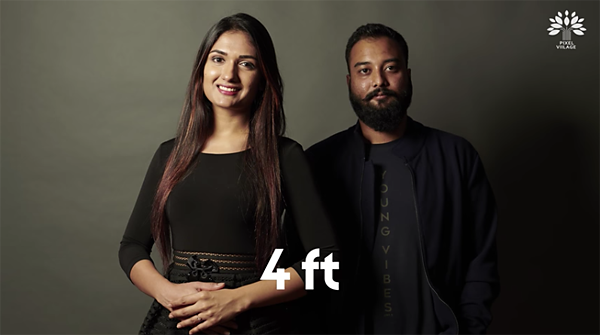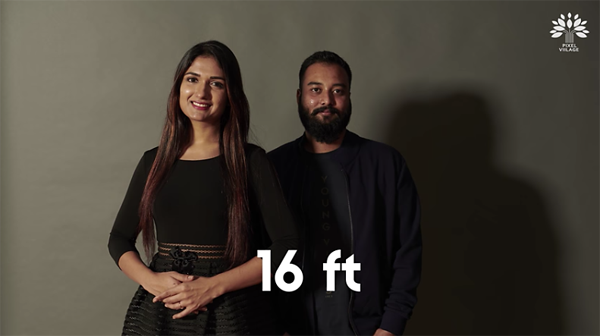The “Inverse Square Law” Is a Must-Know Concept if You Want to Control the Light in Your Photos (VIDEO)

This may be the first time we’ve invoked the laws of physics in a photography tutorial. But fear not, because the "Inverse Square Law" is a simple concept, at least as it pertains to photography, and it can have a big impact on your images.

We often rely upon photographer Radhakrishnan Chakyat for his uncanny ability to explain important photographic principles in a simple, concise manner. And this tutorial is no different, as he provides a detailed demonstration of why he says, “The inverse square law is an important and must-know photographic concept.”

This fascinating video is all about the quality of light at varying camera-to-subject distances. And with the help of Chakyat’s illustrations, you’ll have a firm grasp of how light intensity, shadows, and catchlights in a model’s eyes change, as you move toward or away from a subject.

In short, every time the distance between the light source and a subject doubles, the light drops off to 25% (not 50%) of what it was before. As you’ll see in the video, this Inverse Square Law has important (yet simple) implications for exposure settings, how you position yourself relative to a subject, and the manner in which you use supplemental light to illuminate a scene,
Chakyat’s YouTube channel features more great information on basic photographic concepts, and you may want to check out an earlier tutorial of his we posted, explaining how the focal length of a lens affects the perspective of a photograph. And speaking of focal length, be sure to check out this morning’s piece about why every photographer should own a 135mm f/2 lens.
- Log in or register to post comments

















































